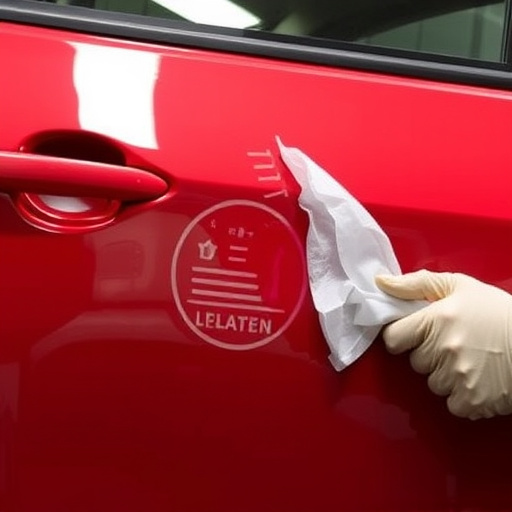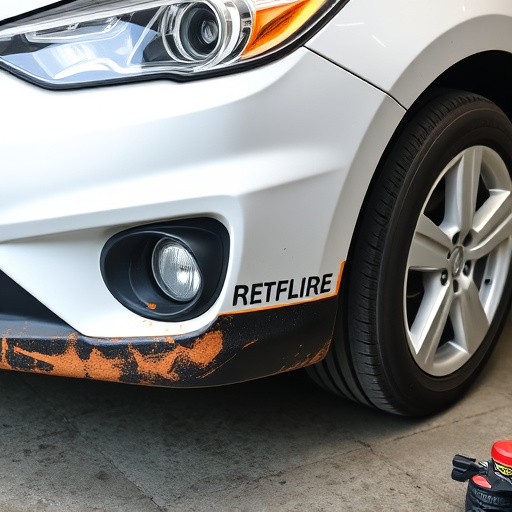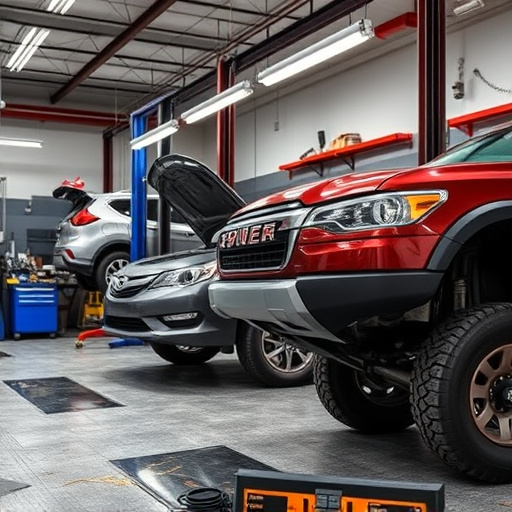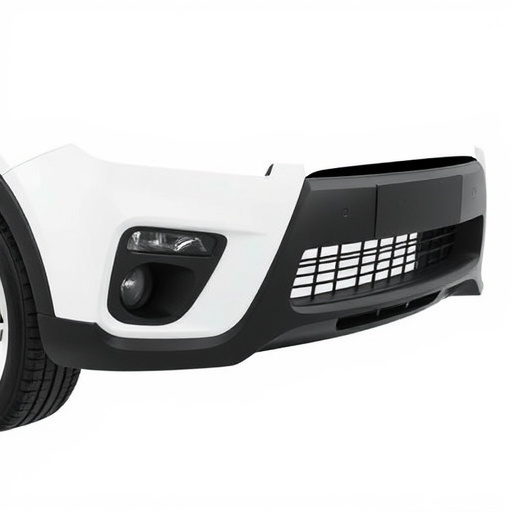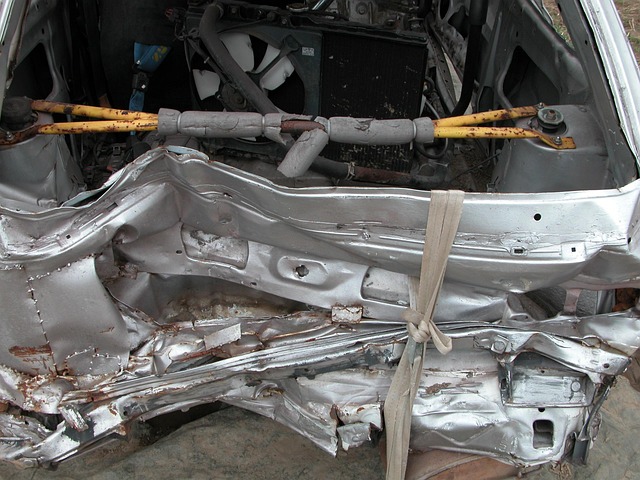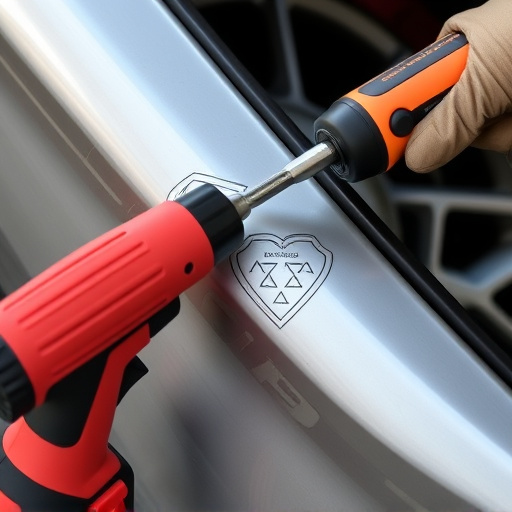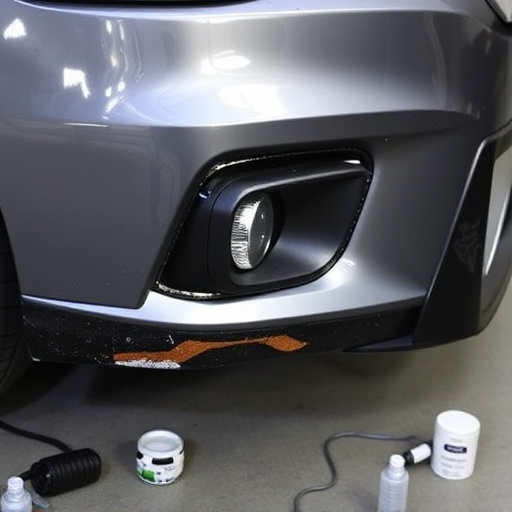Tesla remote diagnostics after repair offer quality control and reliability by monitoring performance, detecting fault codes, and providing real-time data analysis. Interpreting fault codes, such as P0171 or P2684, requires specialized knowledge from qualified technicians to resolve issues through collision damage or car paint services, enhancing customer satisfaction with efficient troubleshooting.
Tesla owners often wonder about the post-repair process and whether their vehicles are truly ready for the road. This article delves into the powerful tool of Tesla Remote Diagnostics, specifically focusing on its ability to detect unresolved fault codes after a repair. Understanding how this technology works is crucial for ensuring your vehicle’s optimal performance. We’ll interpret these codes, guide you through resolving persistent issues remotely with Tesla service, and provide insights into maintaining your electric vehicle efficiently.
- Understanding Tesla Remote Diagnostics Post-Repair
- Interpreting Unresolved Fault Codes Identified
- Resolving Persistent Issues Remotely with Tesla Service
Understanding Tesla Remote Diagnostics Post-Repair

After a repair at a Tesla vehicle body shop or car body shop, the integration of remote diagnostics becomes a powerful tool for both owners and service technicians. These advanced systems allow for continuous monitoring of the vehicle’s performance, even after it has left the workshop. By connecting to the car’s onboard computer, Tesla remote diagnostics can detect any unresolved fault codes that may have been missed during initial inspections or could surface later due to varying driving conditions.
This feature ensures a comprehensive assessment of the vehicle body shop repair’s effectiveness, providing an extra layer of quality control. Through real-time data analysis, technicians and owners alike can quickly identify potential issues, enabling prompt action to resolve them. This proactive approach not only enhances the overall reliability of the vehicle but also contributes to building a robust reputation for the car body shop, demonstrating its commitment to delivering high-quality repairs.
Interpreting Unresolved Fault Codes Identified

When Tesla remote diagnostics after repair detect unresolved fault codes, it’s crucial to understand what these codes signify. Each code represents a specific issue within the vehicle’s system, whether it’s electrical, mechanical, or software-related. Interpreting these codes involves cross-referencing them with the vehicle’s service manual or using specialized diagnostic tools to pinpoint the exact problem location.
For instance, a P0171 code might indicate an issue with the air/fuel ratio sensor, while a P2684 could point to problems in the anti-lock braking system (ABS). Proper interpretation requires knowledge and experience, often best handled by qualified technicians or body shop services specializing in Tesla vehicles. Once identified, these issues can be effectively addressed through collision damage repair or car paint services, ensuring the vehicle returns to optimal operating condition.
Resolving Persistent Issues Remotely with Tesla Service

Tesla’s remote diagnostics after repair play a pivotal role in resolving persistent issues efficiently. With advanced connectivity features, Tesla vehicles can transmit fault codes to service centers even after leaving the shop for repairs. This allows technicians to diagnose problems remotely, saving time and effort. By accessing real-time data from the vehicle, they can identify unresolved issues, whether it’s an electrical glitch or a sensor malfunction.
The process streamlines vehicle restoration, ensuring that any hidden faults are captured promptly. Even specialized tasks like paintless dent repair in vehicle bodywork can benefit from this technology, as remote diagnostics provide a comprehensive view of the car’s health. This proactive approach enhances customer satisfaction by reducing the need for multiple visits and minimizing the time spent on troubleshooting.
Tesla’s remote diagnostics capabilities post-repair offer a convenient and efficient way to address unresolved fault codes. By leveraging this technology, service centers can quickly identify and rectify issues remotely, enhancing customer satisfaction with swift problem-solving. Through proper interpretation of fault codes and effective resolution strategies, Tesla owners can benefit from reduced downtime and improved vehicle performance.
